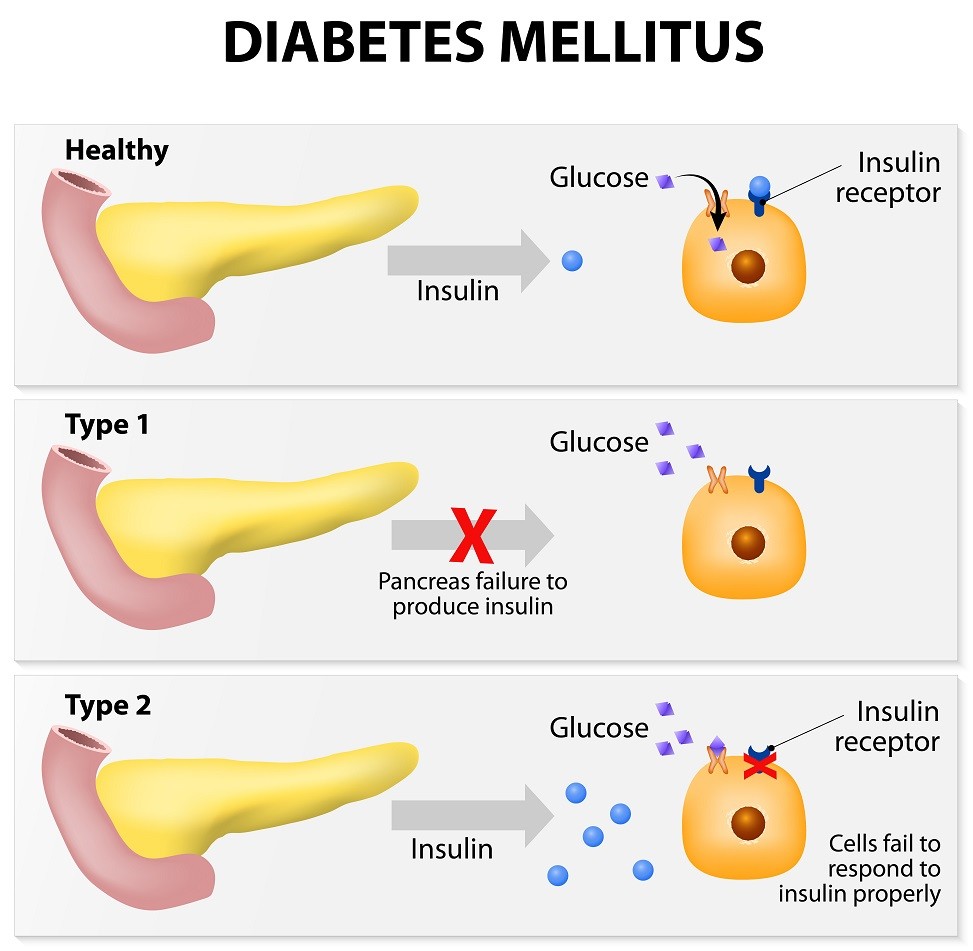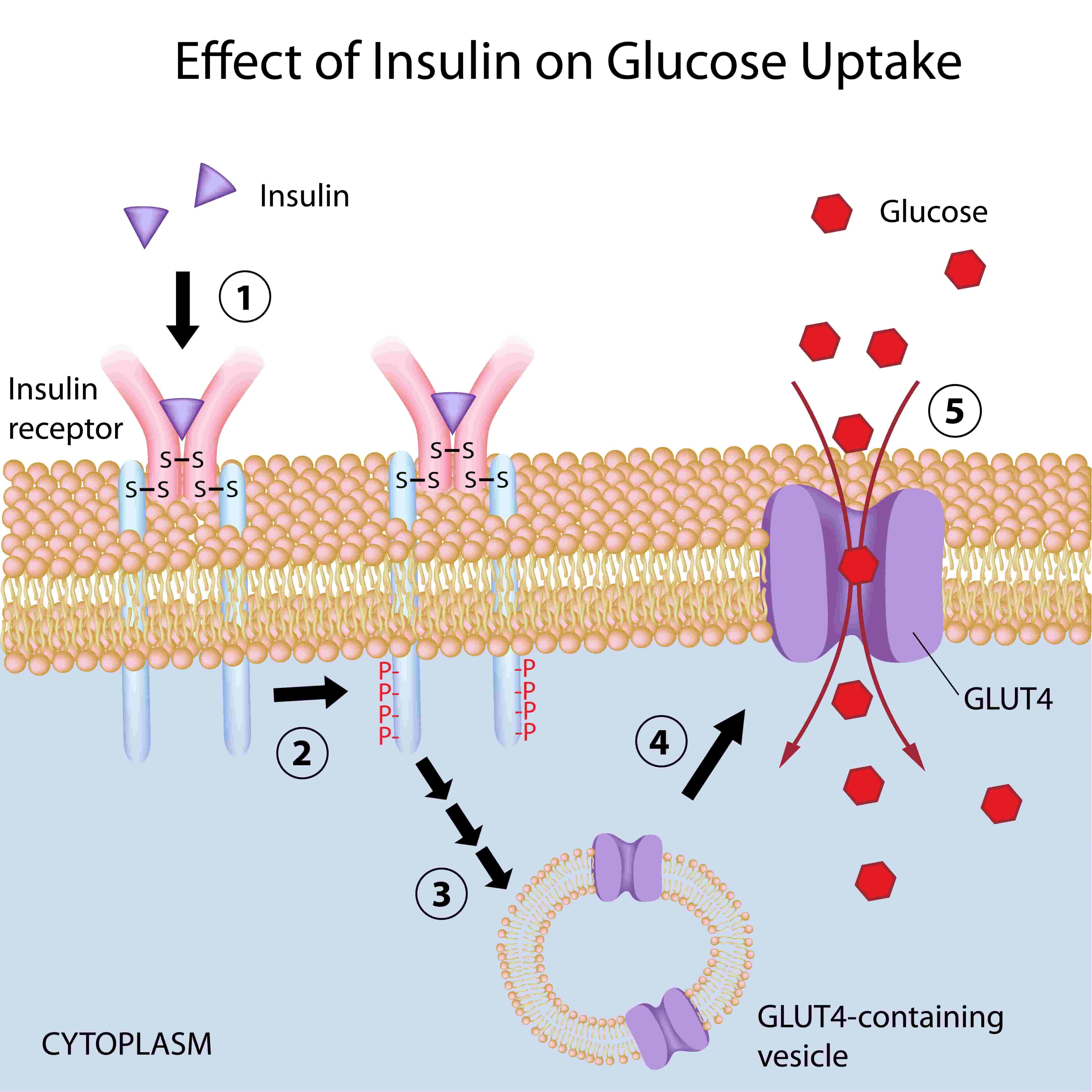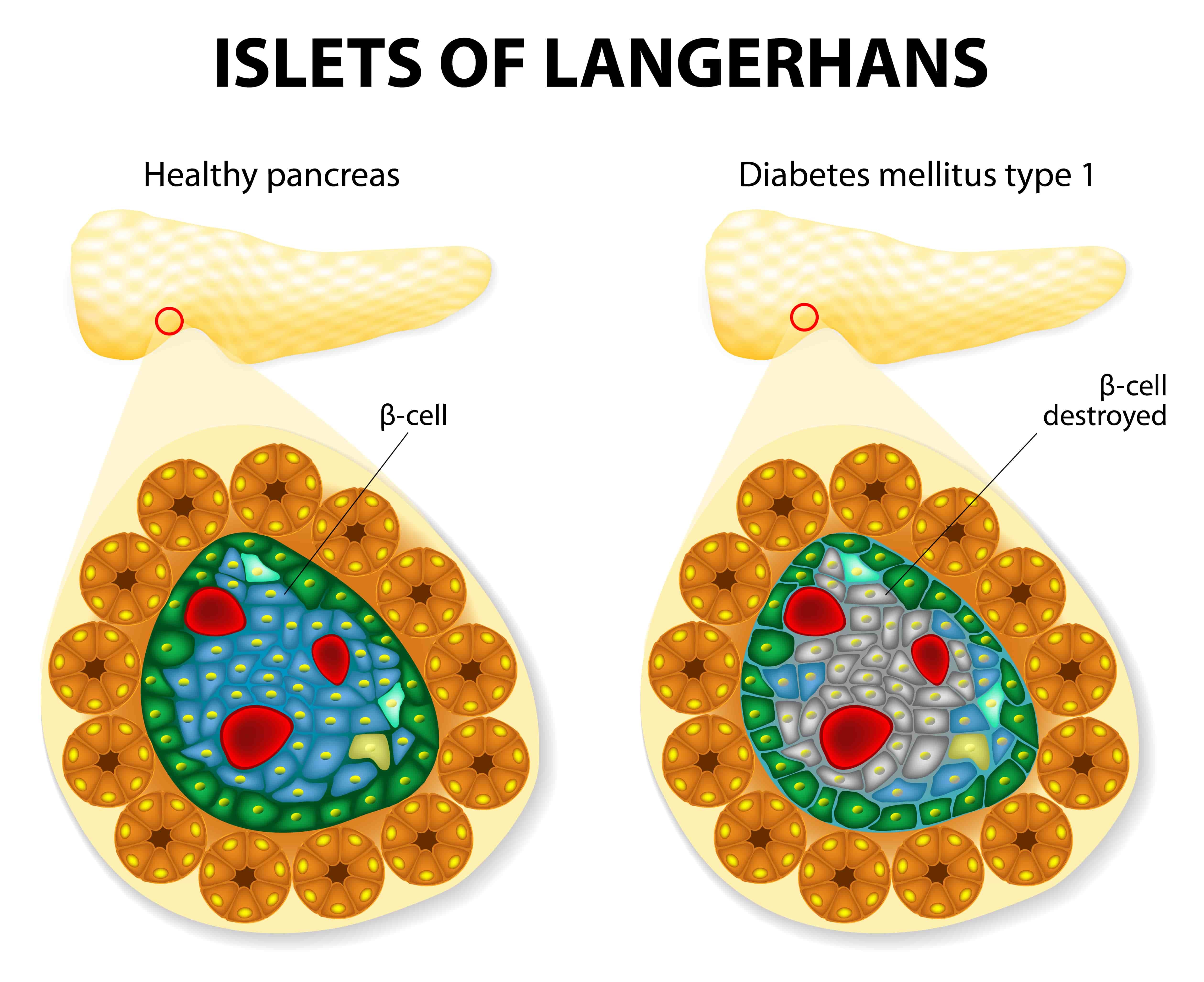Diabetes and Exercise tutorial – Exercise Programmes for Diabetes
Are you looking for a weight loss expert in diabetes for a customized diabetes weight loss plan which works and the best personal training services in London?
Do you want an elite personal trainer in London to help you lose weight quickly using the latest diabetes exercise guidelines exercise for diabetes mellitus type 2?
- Would you like to improve your diabetes by training with an elite London personal trainer, lose weight quickly, increase your lean muscle mass, flexibility getting fitter and stronger?
- Do you want the best services from an elite personal trainer in Canary Wharf, Bank, Westminster, Knightsbridge, Notting Hill, Chelsea, West Brompton, North London, Victoria, Kensington, or Central London to help you benefit at max from the effects of exercise on type 1 and type 2 diabetes?
If you answered yes to any of these questions you are in the right place.
Contact us to improve your diabetes exercising with the best elite personal trainer London based specializing in Diabetes and Exercise.
How Diabetes Works and Affects the Body
There are millions of people who suffer from the disease called diabetes. This is a common disease that can be very dangerous to the health of an individual, if not treated promptly and not supported correctly through a proper customised exercise, nutrition, healthy meal plan and stress management programme. Exercising with an elite personal trainer London based who’s taking care of your diabetes exercise programme is the safest option that helps you progress faster!
Diabetes is a condition in which a person has high levels of sugar in their blood. This condition occurs in a person when the body does not produce enough insulin or when cells stop responding to insulin that is produced within the body.
Based on these two reasons, diabetes is classified into two types, namely:
1. Insulin-dependent (type 1)
2. Non-insulin-dependent (type 2). [1]

Fig 1. The difference in between health, diabetes type 1 and type 2
People suffering from diabetes type 1 are unable to produce insulin and thus they are required to take insulin injections to stay alive, while people with type 2 diabetes can produce insulin but it is ineffective in escorting glucose into the cells. [2]
Type 1 diabetes is not reversible by any means, but regular exercise diabetes prevention [3] and customised nutrition programmes can really help sufferers of type 2 diabetes to control diabetes.
Exercise for Diabetes Management
Exercise is important not only for its renowned beneficial effects on the cardiovascular system, but also for bolstering strength and flexibility, improving your mood and thus, reducing stress. [4]
Exercise is crucial for any person with diabetes or pre-diabetic disease not only because it improves blood pressure, but also because it reduces cholesterol, triglycerides and insulin. [5]
A proper Diabetes Exercise Programme Package is also important for removing acids [6] in the body and also to maintain your body to become energised, fit and lean, and a correct posture.
Correct posture and physical exercise also helps you breathe properly and oxygenate your body. [7] This helps you to de-stress improving your parasympathetic system, mind and brain performance.
Exercise makes you sweat and helps glucose to move from the blood stream into the cells making insulin more effective and using less insulin.

Fig 2. Effects of insulin on glucose uptake
Exercise stimulates circulation in the lymphatic system, and these three actions, combined, have a unique effect of cleansing the body. [4]
This happens through the lungs and through the skin: respiration and perspiration. It is a good thing we have 600 pores per square centimetre of skin!
Exercise results in the removal of acids through these pores (when we sweat) and through the lungs, in order to maintain the optimum pH body balance. [4]
However, thousands of people get injured every year In London aggravating their shoulders, lower back, hip pains and knee and PCL and ACL problems and the type of exercise that most people practice is actually dangerous to health.
So is excess exercise, and so is its absence. Therefore, it is good to exercise, but you need to know what to do, how to protect yourself and how to do it correctly! As an injury rehabilitation personal trainer, I help my clients to rehabilitate their injuries from exercising with other personal trainers using the best customised injury rehabilitation personal training.
Presenting the essential differences between aerobics and anaerobic exercise, and how that changes acid-alkaline balance during exercise, when the body burns sugars or fat during exercise and the role of the lymphatic system – as an overview of the details of some specific types of exercises, will help you choose the right type of exercise for true and lasting health.
You get some results even after brisk walks, but as you’ll see, you have many other options to choose from and to create the best customised diabetes exercise plan that suits you.
In the Part 2 of the Diabetes and Exercise tutorial Diabetes series I will advise you about what Diabetes exercise choices to make, anaerobic exercises vs diabetes including the best choice when choosing your one to one personal training London based for diabetes, weight loss programme, fitness and health.
If you are trying to lose weight while fighting Diabetes type 2 or type 1 contact us now to benefit from a tailored made personal training programme including your diabetes weight loss plan designed by the best Elite Personal Trainer in London, Harley Street and London nutrition specialist.

References
1. MELLITUS, Diabetes. Diagnosis and classification of diabetes mellitus. Diabetes care, 2005, 28: S37.
2. VIJAN, Sandeep. Type 2 diabetes. Annals of internal medicine, 2010, 152.5: ITC3-1-1.
3. AMERICAN DIABETES ASSOCIATION, et al. 4. Prevention or Delay of Type 2 Diabetes. Diabetes Care, 2016, 39.Supplement 1: S36-S38.
4. CARTER, Jasmine; SWARDFAGER, Walter. Mood and metabolism: Anhedonia as a clinical target in Type 2 diabetes. Psychoneuroendocrinology, 2016, 69: 123-132.
5. MILLIGAN, Steven. Combination therapy for the improvement of long-term macrovascular and microvascular outcomes in type 2 diabetes: rationale and evidence for early initiation. Journal of diabetes and its complications, 2016.
6. KIME, N. H.; RIVETT, M.; ROBINSON, P. DEFINE (Diabetes Exercise and Fitness Needs): a study investigating physical activity and exercise in adults with diabetes. DIABETIC MEDICINE, 2016, 33: 119-120.
7. BAE, Wonsik; LEE, Keoncheol; KIM, Yoonhwan. Comparison between McKenzie Stretch Exercise and Scapula Stability Exercise on Neck Muscle Activation in the Forward Head Posture. Journal of The Korean Society of Integrative Medicine, 2016, 4.1: 13-20.
Disclaimer: This website and all its content is to be used for information purposes only. This website or any of its content or links to third parties does not diagnose, advise, treat or cure any ailments, illness or disease.
You agree to hold harmless the owner of this site for any action taken on your own without consulting your medical doctor first by using the information on the website for diagnostic, treatment, or any other related purposes. This is not medical advice. If you are suffering from any illness, disease or ailments please contact your doctor first and immediately.



